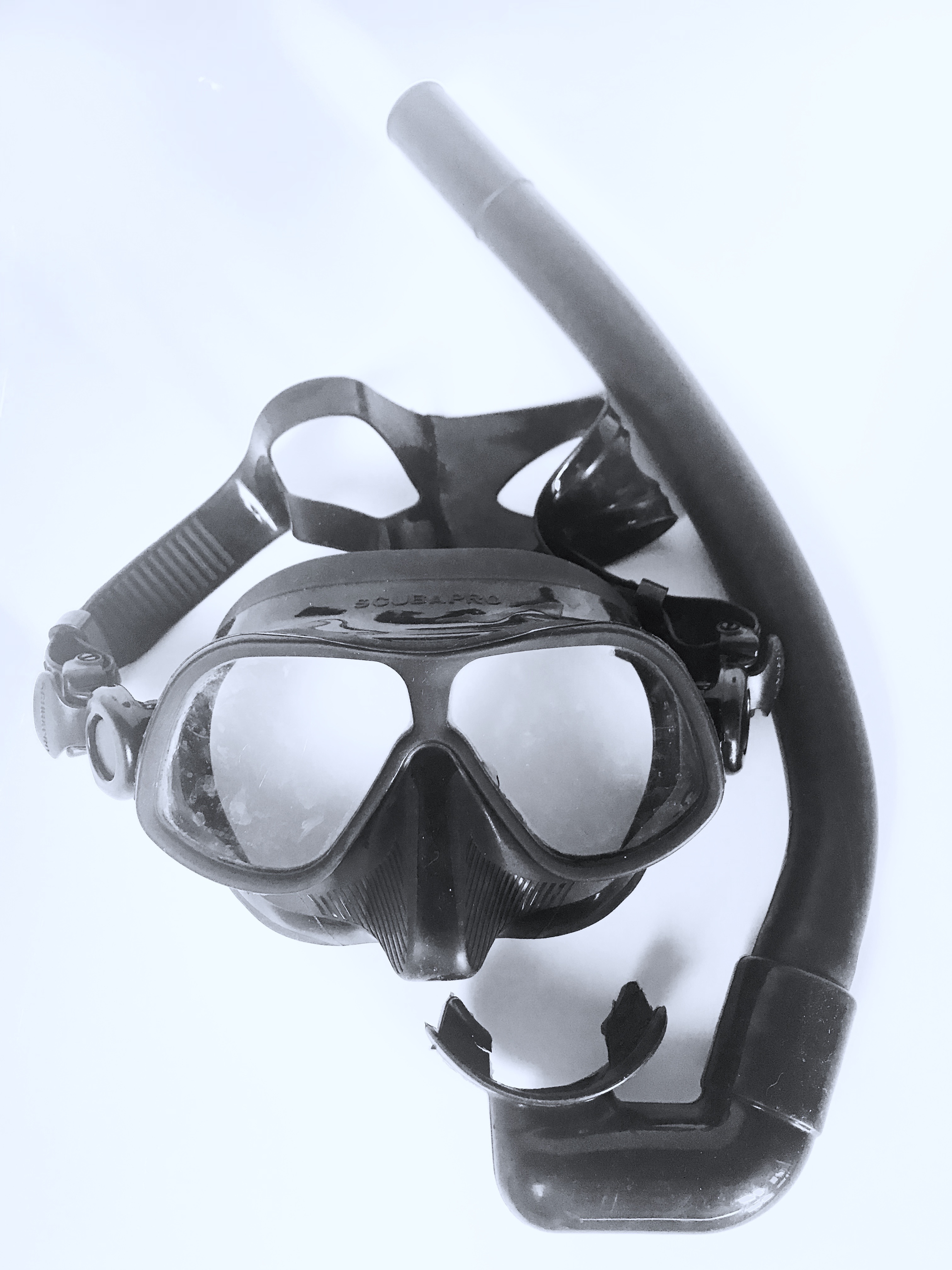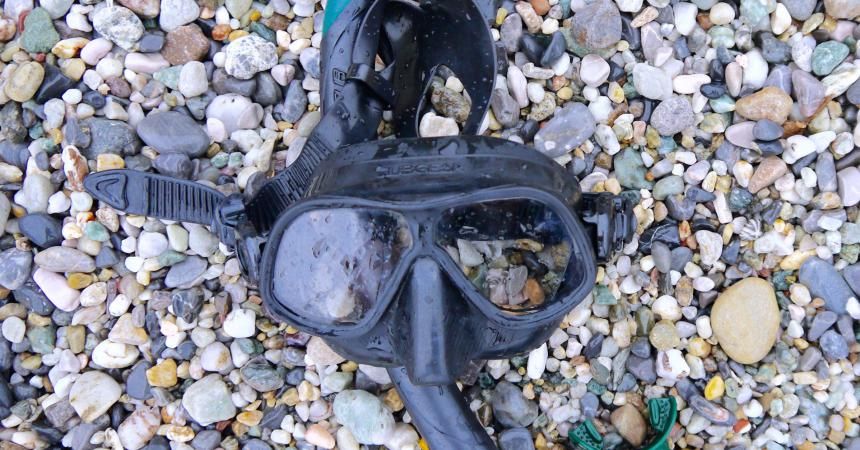Carbon or fibreglass fins? Lined or unlined wetsuit? Either you are a freediving champion or a newbie with fins; you will have certainly encountered someone worried by these existential dilemmas. Freediving is a discipline which takes place in a different environment from the one man was designed for, still the human body is capable of adapting to environmental changes and, with some added components, it can transform itself, going from man to fish.
I’ve been practising freediving for years, first as a hobby, then professionally, but every time I am in a shop I am overwhelmed with doubts, I cannot choose, and I always find myself consulting with the usual friends and asking for their advice. Why?
To solve this dilemma we will analyse together the function covered by each single item which is part of our equipment, so as to be able to understand ‘’what’s needed for what purpose’’ and, with the help of the above mentioned criteria, we will be able to purchase only products apt to satisfy our needs. We will compare pro and cons in an objective manner, without mentioning specific brands or shops.
Mask:
 There are hundreds of masks; they come in all shapes and colours. But what requirements should a mask have? First of all, it must be perfectly watertight. It is incredibly annoying when water leaks in, and the plastic frame (whenever present) must have no points of contact with the forehead, otherwise the effect produced will be comparable to the proverbial Chinese water torture. To check the mask’s suitability it is enough to place the mask on the face, making sure no points of contact with the plastic frame can be perceived, inhale through the nose and, if the mask remains stuck to the face without falling, it is very probable the mask itself will be watertight. Moustache can compromise the mask’s performance; in this case, and should shaving not be an acceptable solution, it is possible to cover the moustache with vaseline just so as to increase adherence. A good freediving mask obviously also has to ensure low internal volume, but this is by now a common characteristic of all freediving masks.
There are hundreds of masks; they come in all shapes and colours. But what requirements should a mask have? First of all, it must be perfectly watertight. It is incredibly annoying when water leaks in, and the plastic frame (whenever present) must have no points of contact with the forehead, otherwise the effect produced will be comparable to the proverbial Chinese water torture. To check the mask’s suitability it is enough to place the mask on the face, making sure no points of contact with the plastic frame can be perceived, inhale through the nose and, if the mask remains stuck to the face without falling, it is very probable the mask itself will be watertight. Moustache can compromise the mask’s performance; in this case, and should shaving not be an acceptable solution, it is possible to cover the moustache with vaseline just so as to increase adherence. A good freediving mask obviously also has to ensure low internal volume, but this is by now a common characteristic of all freediving masks.
Snorkel:
I believe the snorkel to be an essential piece of equipment, which allows breathing during the surface activities, to correctly prepare for a dive, and noticeably increases the degree of comfort during a sea session. The requirements a snorkel must possess are of two kinds: simplicity and comfortability. Mouthpieces with valves and corrugated tubes must be avoided, as “the simply the best”. A good way to wear the snorkel is the French way; you can find a tutorial video at the end of this article. Wearing the snorkel this way will reduce accidental water leakage during the ventilation phase, whilst remaining more adherent during the dive and the ascent, so favouring a hydrodynamic performance.
Now you know which characteristics you need to look for if you are thinking of buying a mask and a snorkel.
Ciao ciao,
Giovanni
Giovanni Bianco
Sin da bambino aveva ambizioni profonde e coltivava il sogno di diventare sommozzatore. Ha frequentato l’istituto tecnico nautico, lavorando nel frattempo come mozzo su navi traghetto. Terminati gli studi ha frequentato l’accademia della marina mercantile e ha lavorato su navi cisterna come ufficiale di navigazione. Nel 2013 la passione per il freediving e la pesca subacquea lo hanno spinto a cambiare rotta. Nello stesso anno diventa istruttore di Apnea per la didattica SSI e istruttore Federale di Pesca sub.


